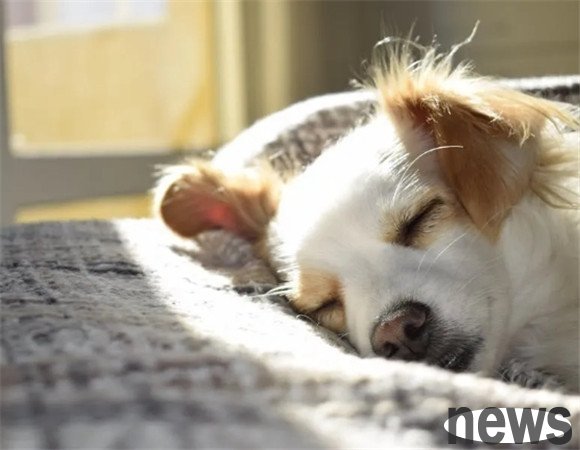One of the common characteristics of many pet dogs, possessiveness is a very common behavioral manifestation. This behavior is quite prominent when the dog shows excessive control over toys, food or even its owner. It may treat anyone or other anima...
One of the common characteristics of many pet dogs, possessiveness is a very common behavioral manifestation. This behavior is quite prominent when the dog shows excessive control over toys, food or even its owner. It may treat anyone or other animals trying to get in touch with their “property” in a defensive posture, barking or even aggressive behavior. How should the owner properly deal with such a problem? Here are some practical suggestions that can help you understand and cope with your dog's strong possessiveness.

First of all, we need to understand the reasons why dogs are strongly possessive. Dogs are by nature societies, with territorial consciousness and hierarchy. In the wild, priority belongs to dogs with higher social levels, which is mainly reflected in food and spouse acquisition. Although the pet dog at home has been away from the wild environment, this instinct is still deeply embedded in it. Ownership may also come from a lack of security or a lack of early experiences, which may show excessive protection due to uncertainty about resources.
After understanding the reasons behind it, let's take a look at how to deal with it:
1. Early social training
Social training for dogs from an early age is a key step to prevent excessive possessiveness. Exposure to puppies with different people and animals, as well as various environments and objects, can help them grow into dogs with a balanced personality. Through this process, dogs can learn how to stay friendly and confident when they come into contact with different individuals.
2. Existing Correction Training for Possessment
When your dog has shown strong possessiveness, it is necessary to stimulate its obedience through training. You can try "let go" the instruction training to let it learn to be willing to put down toys or food under the instruction. At the beginning, you can use its favorite snacks in exchange and gradually develop its habit of letting go.
3. Manage home resources
to manage items that are prone to possessiveness, especially in the presence of other pets or children. Try not to show excessive competition in front of pets, such as grabbing toys, as this will aggravate the dog's possessiveness. Put the toys and food away and provide them to your dog only at the right time and environment.
4. Strengthening cultivation and trust
It is very important to build the trust that dogs have in you. When the dog knows that its "property" is safe in your hands and understands that you will return it to it in due time, it will be more willing to share it with you. You can strengthen your relationship and trust through regular interactive games and training.

5. Increased physical activity
Lack of sufficient physical activity will cause the dog to have too much energy to vent, and may sometimes be manifested as excessive possessiveness. Ensure that your dog has sufficient exercise time and allow their physical strength and mind to be consumed in a balanced manner.
6. Use motivation smartly
During the training process, the principle of using positive motivation is key. A word "good dog" and a delicious piece of jerky often have miraculous effects. Prevent the use of severe or negative corrections, which may deepen the dog's insecurity and defense, thereby increasing possessiveness.
7. Hire a professional dog trainer
If the problem is serious, or you find it difficult to deal with it, it is wise to seek help from a professional dog trainer. Professionals can provide personalized training programs for dogs to effectively train and guide specific problems of dogs.